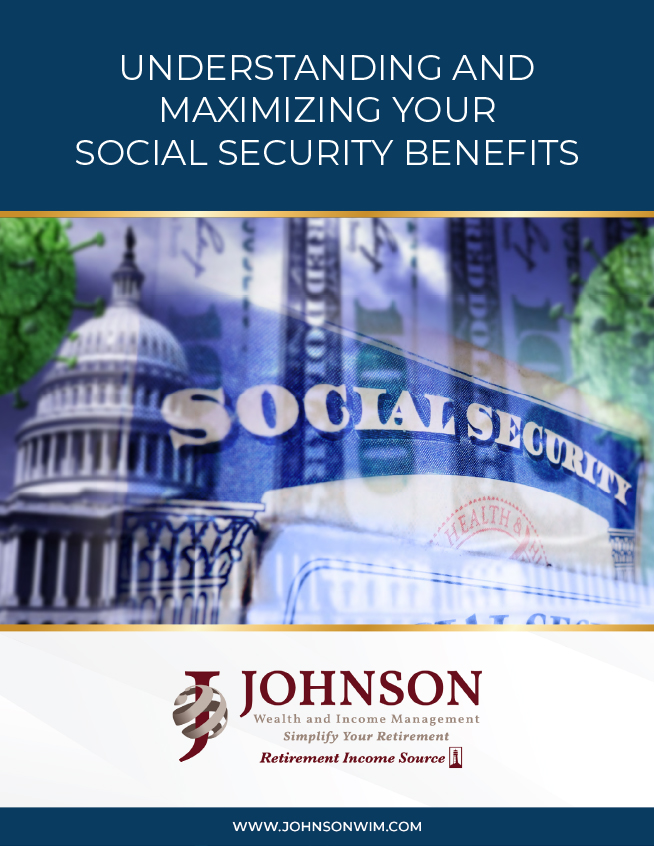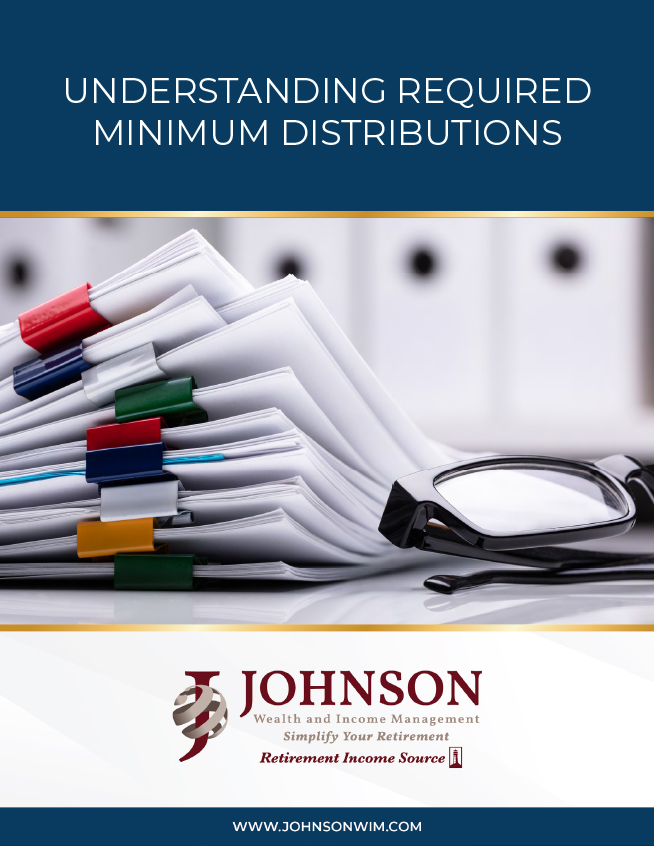September 2020
Understanding Social Security Benefits
Before you retire, you should know what all your various sources of income will be, and how much you can expect to receive from each. Obviously, Social Security benefits will be one of those sources, but how much you can expect to receive depends on many factors. There are ways to help maximize your benefits and get the most you’re entitled to, and there are strategies to help minimize your tax burden from Social Security. The most important thing to consider in working toward these goals, however, is whether your Social Security benefits are coordinated properly with your other assets and sources of retirement income. We’ll address that shortly, but let’s begin with some basic facts about Social Security.
Money You Can’t Outlive
Social Security is one of the few sources of income you can pretty much depend on for life. Once you start taking your benefits, they continue to your death—and the longer you live, the more you will extract from the system. For example, if your benefit starts at $2,000 per month, and you live 10 more years, you will receive over $300,000 in lifetime benefits. If you live 30 more years, you’ll receive over $1 million over your lifetime, assuming the annual cost-of-living adjustments (COLA) averaging 2.8%. That’s good to know because retirees are living longer than ever. According to figures from the Society of Actuaries, there is a 35% chance that the average 65-year-old man will live to age 90 and the average 65-year-old woman has a 46% chance of living to age 90. For the average couple aged 65, there is a 50% chance that both spouses will live to age 81 and at least one spouse will live to age 92.
The System is Solvent… for Now
As you probably know, many have expressed concerns in recent years about the solvency of Social Security. That concern stems partly from the fact that people are—as noted—living longer, which means the Social Security Administration is paying out benefits longer than they had to in the past. Another problem is that when Social Security started, approximately 40 people were working and paying into the system for every 1 retiree. According to the most recent data, there are now only 2.8 people working and paying into the system for every 1 person taking benefits.
Despite all this, estimates from OASDI (Old Age, Survivors, and Disability Insurance) indicate the current Social Security trust fund will not be depleted before the year 2033. If no changes are made to the system between now and then, however, a reduction of about 23% to everyone’s Social Security benefit would be necessary after 2033. So, while the system is solvent for now, working Americans in their 40s and early 50s might want to keep pressure on their elected officials to address the important issue of Social Security reform sooner than later!
Understanding Social Security Benefits Read More »
Are your Allocations Right for Social Security?
Nothing exists in a vacuum, meaning that even if you’ve determined the best time and method of taking your Social Security benefits based on your age, objectives, and lifelong earnings, it won’t matter unless you properly coordinate your benefits with your overall retirement income plan. Most people agree that Social Security is not enough to live on in retirement and needs to be supplemented with other sources of income. Therefore, it is essential to make sure your other savings and investment vehicles are as reliable as Social Security and capable of meeting the same financial objective: providing income that you can’t outlive.
Are your Allocations Right for Social Security? Read More »
Understanding Required Minimum Distributions
The idea behind Required Minimum Distributions, or RMDs, is that the government wants to give us a tax incentive to save for retirement, but they also want to make sure we don’t misuse it. For example, if we’re in the 24% tax bracket and we put money into a tax-deductible IRA or a 401(k), each dollar we put in only costs us 76 cents because it’s a before-tax contribution. So, the government is helping us save, but the government also really wants this to be retirement money. In other words, they don’t want it to be money that you never spend or leave for your heirs. Most importantly they want to make sure you pay tax on it eventually.
IRAs are one example of a use-specific plan, which the government loves. The 529 College Tuition Plan is another example. It’s extremely tax-efficient for the investor if used for college, but extremely tax-inefficient if used for retirement. Similarly, IRAs are designed to encourage people to save money for retirement, and if the money is used for that purpose, then it’s taxed in a friendly manner. If it’s used for anything else, it’s not.
The Longevity Challenge
The challenge for the IRS in providing this incentive for retirement savings has been the same challenge faced by the Social Security Administration in maintaining the system’s solvency: people are living longer. Today, there is a 50% chance that the average 65-year-old American will live into their late 80s. The average couple aged 65 has a 50% chance that at least one spouse will live to age 92. The IRS doesn’t want to wait until your death to get its tax money because it might end up waiting a very long time. Thus, everyone is required to begin taking minimum distributions from their savings plans after age 73.
To the government’s credit, it has lowered RMD percentage amounts in recent years because it recognized that increasing longevity rates were creating challenges from the other end as well, with some people legitimately worried about depleting their IRAs before they died. The bottom line is simply that the IRS doesn’t want retirement income vehicles to be used as inheritance vehicles, so they require you to take minimum amounts of income from those vehicles each year
once you’ve reached the required age.
When Do I Take RMDs?
The SECURE Act 2.0 was signed into law on December 29, 2022. The age when RMDs need to begin increases from age 72 to age 73 in 2023 and age 75 in 2033. The one exception to this is for someone still employed at age 73 at a business that they do not own. In that case, you do not have to take Required Minimum Distributions on that particular retirement plan. You still must take them on any other retirement plans, such as your IRA, but not on the plan that’s with a company for which you are still employed at age 73.
Understanding Required Minimum Distributions Read More »







